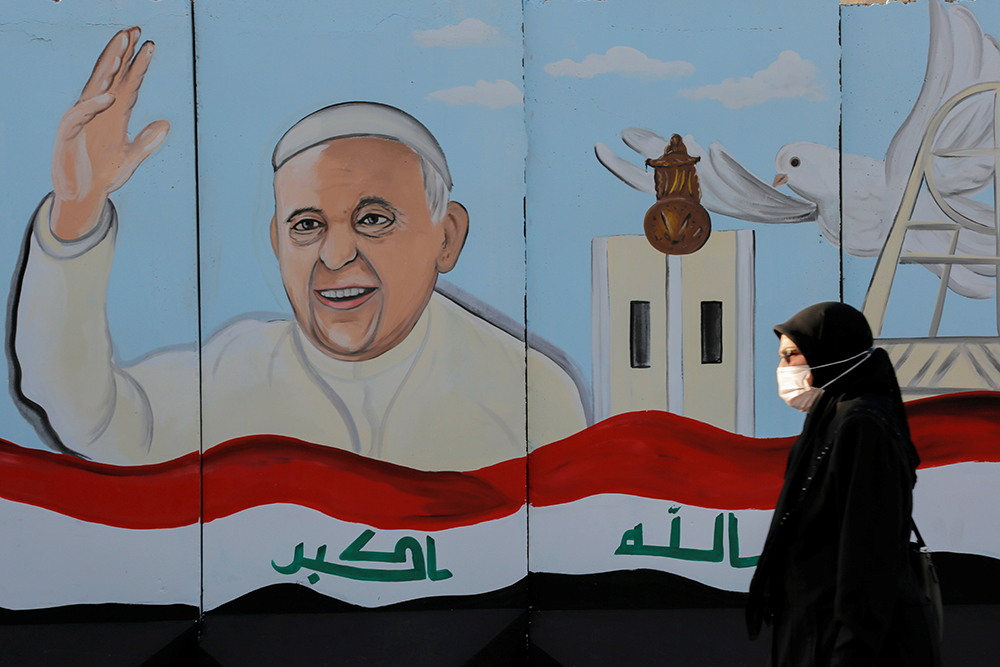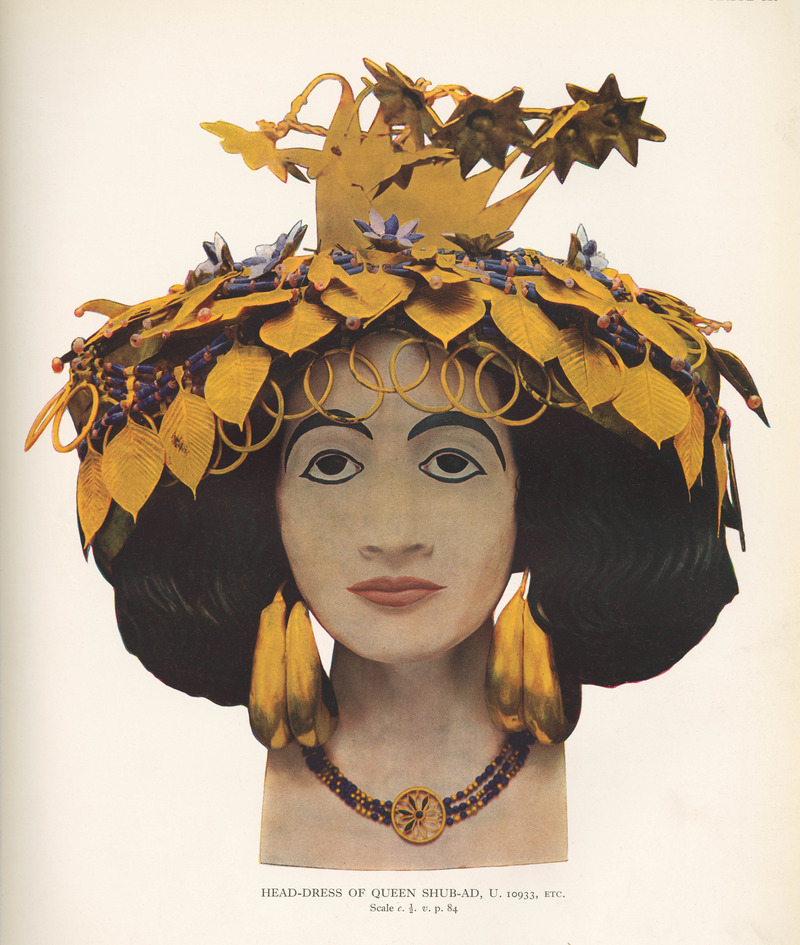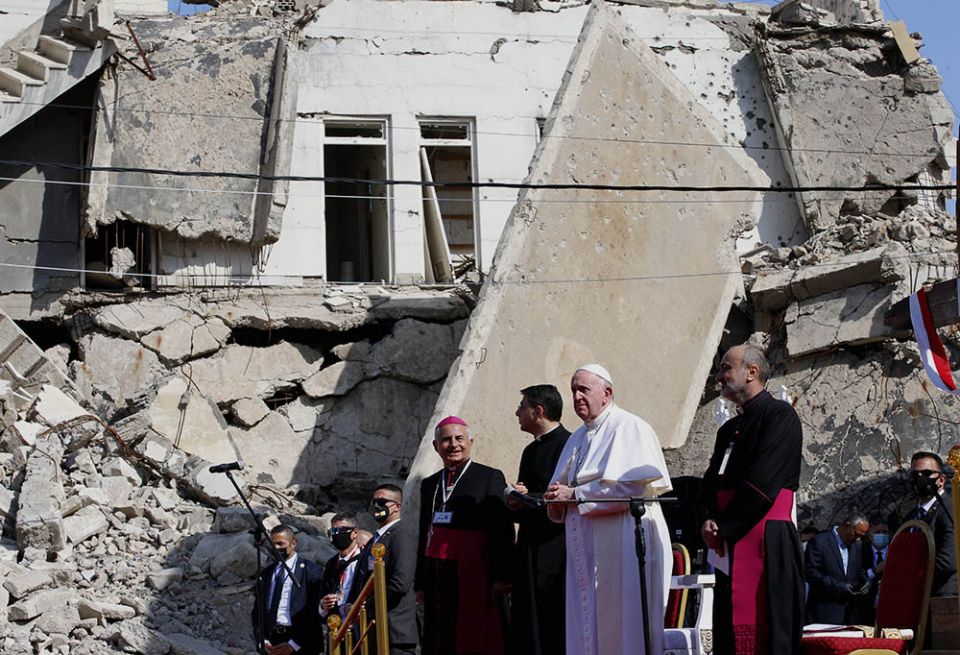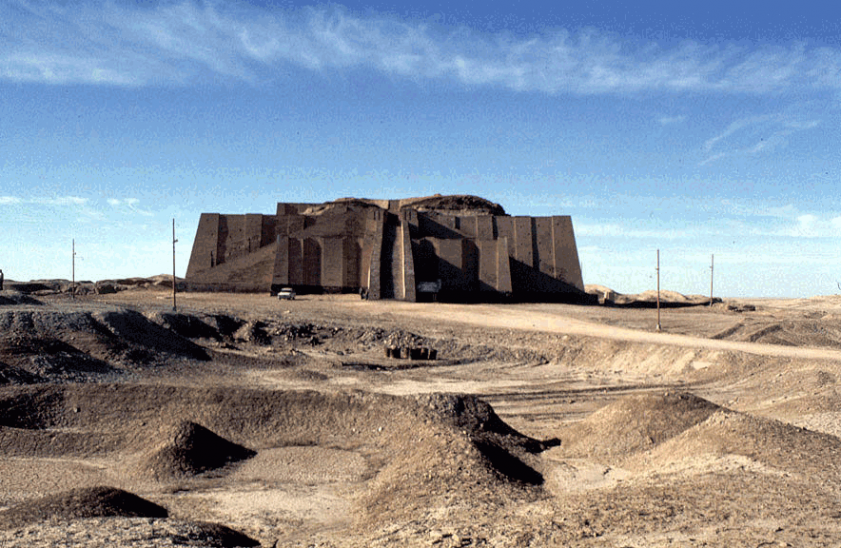Iraq

Pope Francis was safe in Iraq. His venturing out to such an unstable place is a testament to his willingness to take risks for the good of the people, Christian and Moslem alike. America and NCR had reporters covering this trip and generating stories about this remarkable outreach; about 75 journalists on the papal plane were safe as well.
Was the trip worth it? Robert Mickens was worrying about safety before the trip. After, NCR editorialized that he shouldn’t have risked so many super spreader events. Was it hubris or great faith?
Rachel Maddow gets the great faith. In a moving segment emphasizing impossible things, she pairs Francis and Emil Joseph Kapaun, an American priest killed in the Korean war. His remains were recently identified after 70 years, and Joanne M. Pierce reflects on Christian pacifism in telling his story in America. Maddow notes the coincidence of the return of Kapaun’s remains with the Pope’s trip to Iraq. She explains John Paul II’s fascination with visiting the Christians of Iraq that seems to have affected Francis as well, with a subtle mission shift. While encouraging the much-reduced Christian communities, Francis continued his outreach to Muslims, including his visit with Grand Ayatollah Ali al-Sistani, Iraq’s most prominent Shia religious leader.
Watching these two old men near the birthplace of Abraham makes me think of the patriarchal roots of the three world religions that claim him as their ancestor. The historian in me looks for his dates – and there’s a wide, wide range – centuries. Francis was genuinely moved to see the desert landscape of Ur, the metaphoric spring of these three religions so often in conflict. There’s much more specific information, however, about the people that Abraham chose to leave. It’s a desert now, but archeology in the 20th century revealed fantastic artifacts in royal tombs, and some items just happen to be at the Museum of the University of Pennsylvania in Philadelphia. How’s that for a shift to one of my favorite exhibits?
The people of Ur were patriarchal, too, but recent work reveals a more complicated situation. The video “Powerful Women of Ur” has the best photos of the fabulous gold and jewels found in the tomb of Queen Puabi because it shows her whole outfit. The archeologists explain how these artifacts are used to construct her history and that of other women leaders, as well as the roles of women in the economy of a wide swath of this area. Another artifact was named “Ram Caught in the Thicket” by the discoverers, who were very aware of the tradition of Abraham being from this area, though probably not actually represented by this sculpture.

But back to the Pope. Phyllis Zagano has the most original take on his visit, which resonates with me because of my trip to Jordan just before the pandemic. Some Catholic worshippers there use rites they claim trace back to the Apostles. Zagano describes a bit of the history of the Chaldean Catholic Church, also in full communion with Rome, and quotes Francis’s comment that the variety of Christians there “reminded him of a woven tapestry of ‘so many individually colored threads that woven together make up a single beautiful carpet.’” But what’s most remarkable is what follows. “Included in the kaleidoscope of colors spread before Francis were churches that celebrate Masses without the consecratory words of institution, ‘This is my body’ and ‘This is my blood.’” Shocking! How can that be?
Zagano answers, “there are approximately 10 ancient versions of the Mass where the consecration is understood and the celebrant does not say the traditional words of institution. Even though successive councils ruled on the matter (action), form (words) and intent to do as the church does as being absolutely necessary for sacramental validity, those ancient versions have never been deemed improper.” Of course not, I say, though nothing is simple in this age of dicasteries and congregations. Zagano examines the church politics around acceptance that “the rite implicitly included the Eucharistic institution, ‘not in a coherent narrative way … [but] … integrated in successive prayers of thanksgiving, praise, and intercession.’” Unfortunately, to Zagano, the Pope chose to use the rite with the words, missing a larger opportunity:
The point is that the Chaldean rite, with or without the words of institution, makes it clear that the Holy Spirit and the faith of the community create the Real Presence. But then there is the larger implication: while of course the priest leads the assembly and performs all the action, and the deacon plays a critical role, the people really do take part. Such demonstrates the practices of the early church, at least in the East. It is a ritual example of the synodality Francis speaks about.
A reminder of the power of our shared Baptism would have been very strong in this setting.
But I’ll be content with Francis as the “Pilgrim of Peace.” Even that NCR editorial admitted that he was responding to a call from within, and who are they not to trust the Pope’s discernment. Francis used his audience on Wednesday, two days after his return, to call for peace and to condemn selling arms to terrorists. He recalled “the vivacious eyes of the elderly” and “the joy of the young.” This was “the cradle of civilization,” with a library maintained for centuries that “war destroyed.” At Ur, he said, Abraham received God’s call, listened to God’s voice, and departed. God is faithful to his promises, and guides the steps of those who gaze towards the heavens, same heavens as Abraham. Just as he did on this risky trip.



3 Responses
Abraham was a patriarch, but God is not a patriarch. The reign of God is not a patriarchate. The church should not be a patriarchate. It is time to ordain women called by Christ to serve in apostolic succession.
Really interesting post, Regina! So good to connect the Pope’s visit to Ur with your visit to the Penn Museum exhibit about it, and highlight the themes that connect with roles of women in the church! Great job!
😍